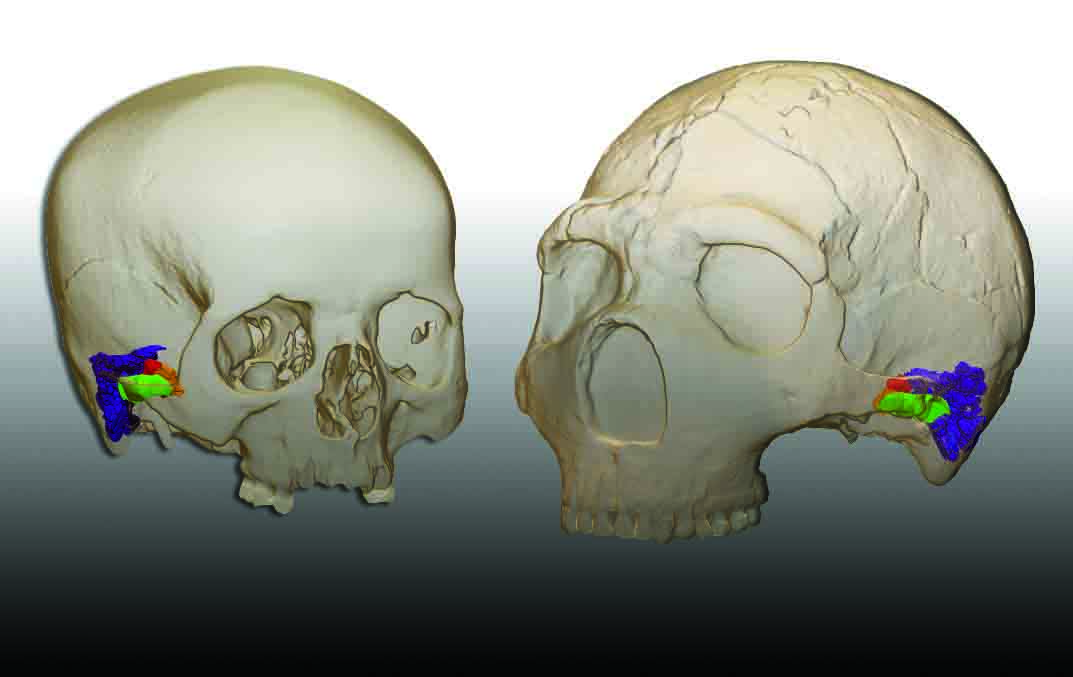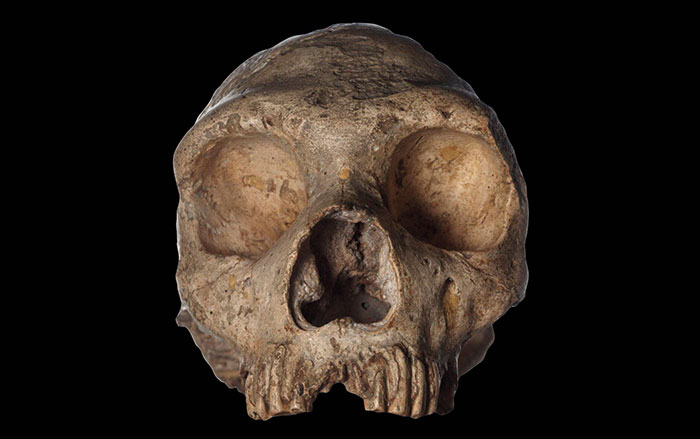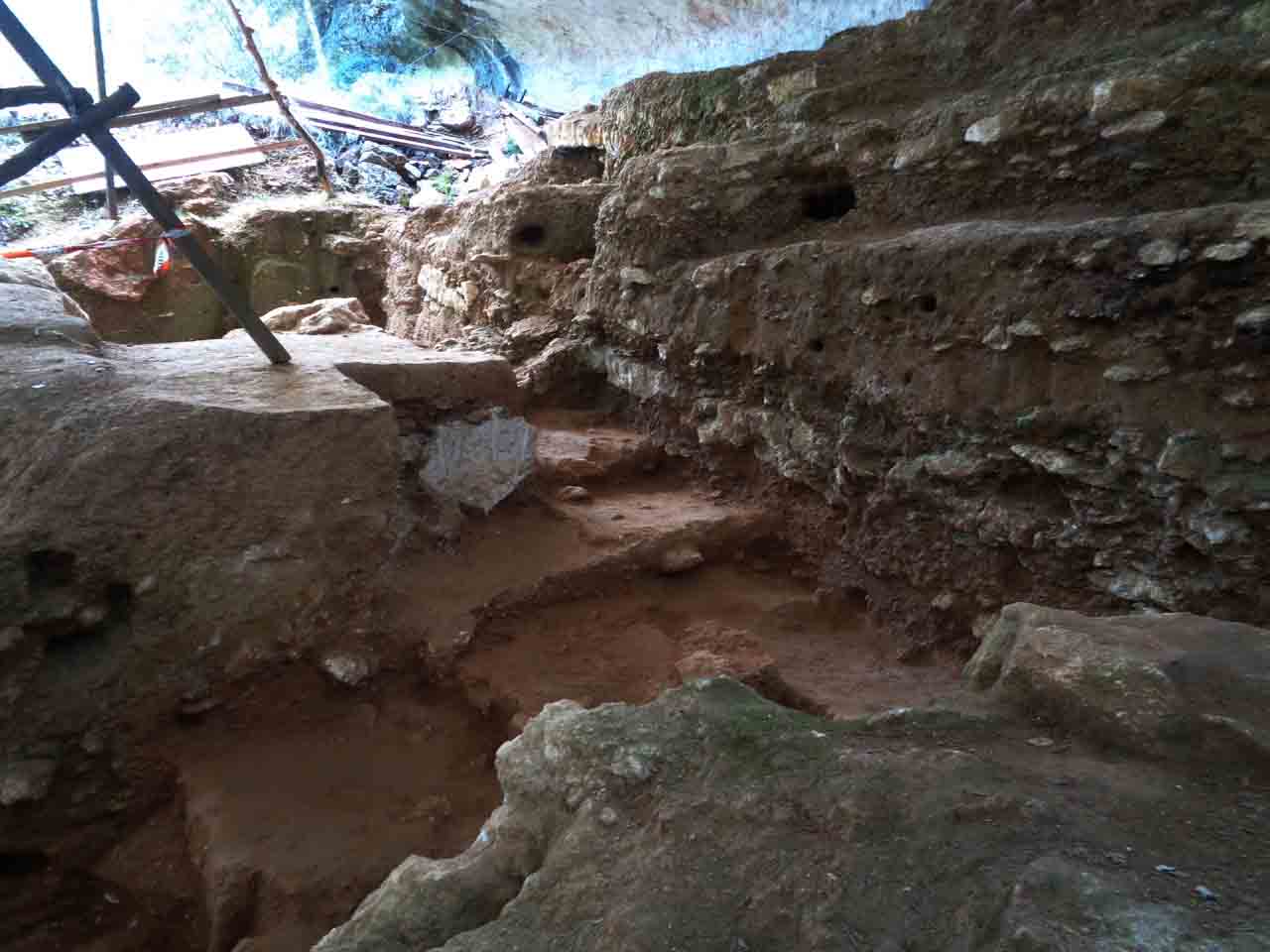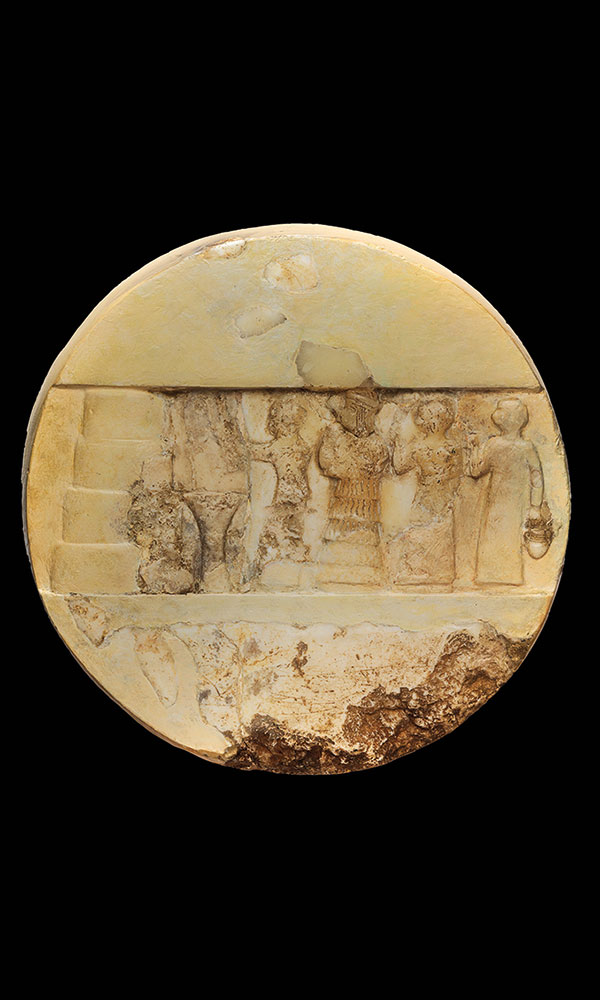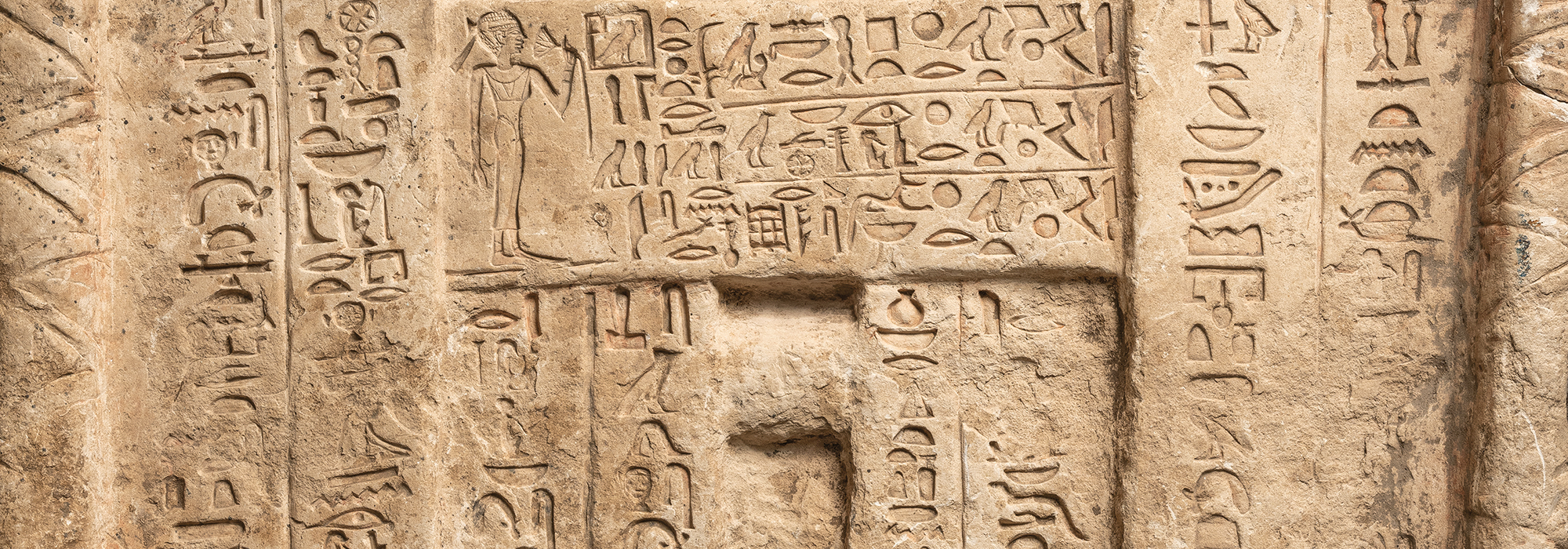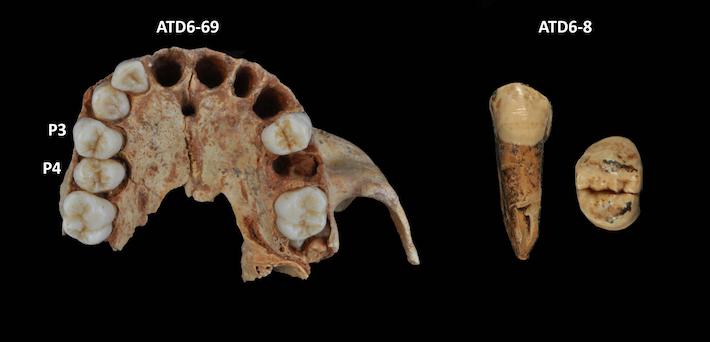
BURGOS, SPAIN—According to a statement released by the Spain's National Research Center for Human Evolution (CENIEH), a study of the teeth of two Homo antecessor individuals recovered from the Gran Dolina site in northern Spain’s Atapuerca Mountains has found that thin tooth enamel was present in hominins some 900,000 years ago. It had been previously thought that Neanderthals were the only members of the genus Homo to have thin tooth enamel. Research team leader Laura Martín-Francés of the Complutense University of Madrid and CENIEH explained that H. antecessor is related to both Neanderthals and modern humans. While one of the individuals in the study had thin tooth enamel similar to that observed in Neanderthals, the other had thick enamel similar to that found in modern humans and most fossil species. The differences between these two H. antecessor individuals likely reflect variability within the same population, Martín-Francés concluded. To read about evidence of 14,000-year-old dental work, go to "Paleo-Dentistry."


